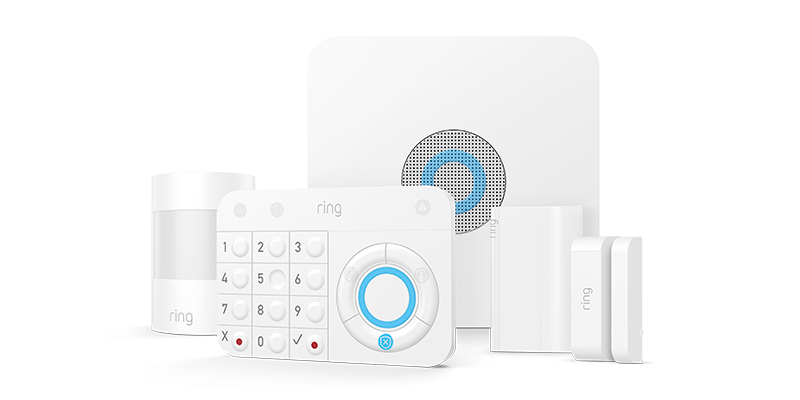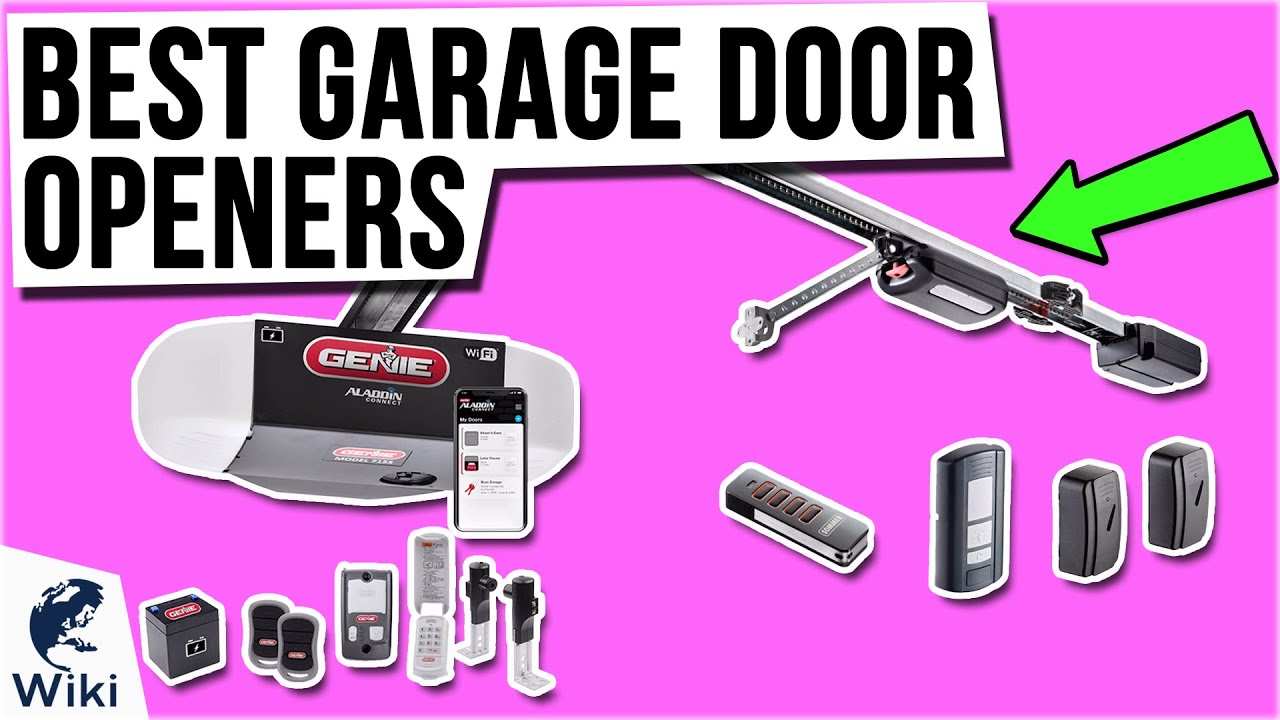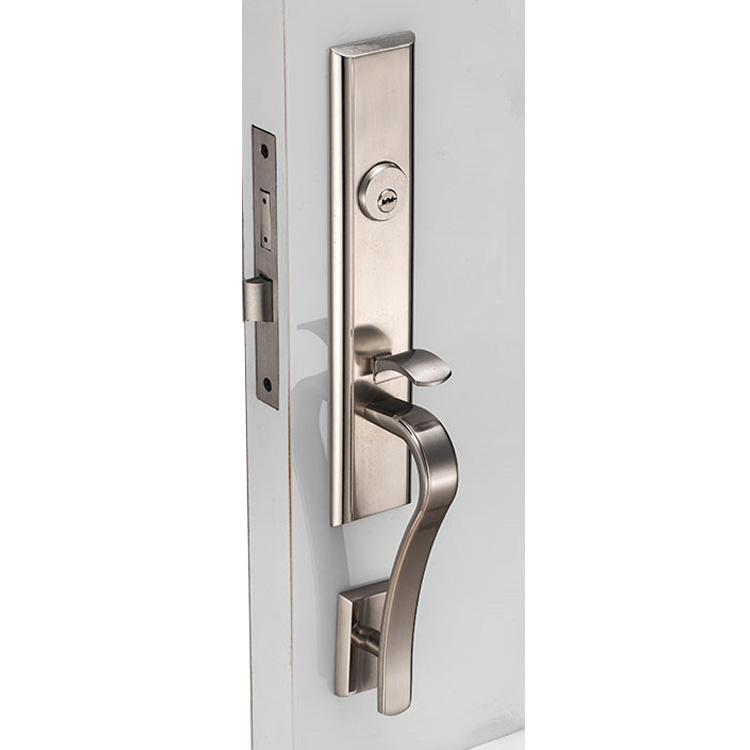
The Vivint reviews reveal that the home security company is a winner in terms of automation and technology but falls short in customer service. It has had many rebrandings and has had difficulty shedding a bad image. It is currently rated as B+ by Better Business Bureau. However it has been downgraded multiple times to C.
Safewise has given Vivint 4.6 star ratings
Vivint is rated 4.6 stars by SafeWise. SafeWise is a consumer safety agency that rates and tests home security products. It was highly praised for its flexibility and customer support, as well as its technology. It's a great choice for homeowners who do not want to deal complicated wire installations and want a home alarm system.
Vivint has an app that works for Android and iOS users. The app also offers a mobile application for Apple Watch users. Download the Vivint app to access the app. Sign in using your Apple ID or Google Play ID.
It comes with a Starter Kit
Vivint's Starter kit is a great option to get started on smart home technology. This kit contains everything you need to get started with smart home technology. Additional smart devices can be added to your starter kit if needed.

The Starter Kit includes a touchscreen Vivint Hub, two sensors for doors, one motion sensor and a water sensor. It also includes a $100 credit towards additional sensors. Whether you decide to add more sensors or upgrade to the full package will depend on your budget and your needs. Vivint also offers professional installation for a flat $99.
It also offers smart locks
Smart locks can be an invaluable asset in protecting your home. Many smart locks can be integrated with smart devices like Google Home, Amazon Echo, or the Vivint security systems. You can easily arm or disarm security systems with these devices. These locks can also adjust your thermostat and arm or disarm your lights. If you're away, they will turn off your lights. You can control them all from one location with a compatible mobile app
Smart locks are one of the most widely used home security systems. Vivint's smart lock works in conjunction with its smart home ecosystem, so you can turn on home lighting and window blinds without needing to leave the house. Vivint smart locks can be integrated with the Vivint home automation systems to enhance security and give you greater control over your home. Some smart locks may not be compatible with Vivint. Make sure to research.
It offers a siren
Vivint has two main ways you can interact with the system. One is through the control panel located on the front doors, and the other is by downloading an app. Some prefer the option to place a control box near the front doors, while others prefer using the app. You can be assured that whatever method you choose you will receive all the necessary information in an emergency.
Vivint monitors are available at all times and their home security experts can be reached in an emergency. They will dispatch first responders to your home if you are unable or unwilling to contact them. A siren signals the local emergency services, and they will contact the authorities in your place.

It offers voice control
Vivint offers a free trial for its voice-activated home safety system. After the trial, you can decide if the system's worth it. Many users have complained about the company's customer service, sales representatives and technology. In fact, 71% of customer reviews have been negative. Customers have complained about pushy sales tactics, misleading sales pitches, and long tech support queues. Customers have also complained about billing problems and failing to update their addresses.
Vivint provides a mobile app as well as a web console to control the system. It supports voice commands from Amazon Alexa and Google Assistant. It also works with Philips Hue and Nest thermostats. The app includes a button to arm or disarm the system and an icon-based taskbar that allows users to quickly access its security features.
FAQ
Motion sensors can be set up to sound an alarm
There have been motion sensor alarm systems for decades. They have grown in popularity due to increasing burglaries and thefts. These devices are expensive and don't work well in cabinets. But if you want your home to be protected from intruders, a motion detector alarm system is worth looking at.
What's the difference between security cameras and surveillance cameras?
Surveillance cameras are used for monitoring purposes, while security cameras are used for protection.
Both cameras have their pros and cons. There is one major difference between the two types of cameras: the type of images that they capture. Surveillance cameras record video at slow speed, so you can see what's going on in real-time. However, security cameras record only video and still photos, which can then be reviewed later.
What is the best security system to install?
The best security system depends on the value you place on your home. You have two options. One is to go with a basic system which offers minimal protection but is affordable. Or you can get a more advanced one which offers better features like remote monitoring, video surveillance, and access control.
Who is the best home security monitoring company?
ADT is the best home security monitoring company. They offer a 24 hour monitoring service for an affordable price. Their customer support team is available around the clock, and they will respond to any issues within minutes.
ADT also offers an app that works on both Android and iOS platforms. So you can monitor your home at any time, from any location.
Statistics
- Cove sets you free without punishing penalties and fees, unlike other security solutions that charge 75% to 100% of your remaining contract. (safewise.com)
- Unlike other online safety services that charge up to 100 percent of your monthly fee, Cove charges no upfront fees and has no hidden costs.
- Most home security companies will charge you around 75% of the remaining term of your contract if you cancel early—and some require 100%.Related questionsWhat type of contract length can I expect from security providers?Home security system cancellation (safewise.com)
- Related questionsHome security systems that are 100% DIY (safewise.com)
External Links
How To
How to Install Home Security Systems
A home security system is a device that monitors your property and alerts you if there's any activity. It could include a motion sensor or doorbell camera, smoke detectors, flood alarms, carbon monoxide detectors, burglar alarms, and flood alarms. A home security system typically includes one or more sensors, such as motion detectors. These sensors send signals when they sense movement or sound. The signals are then sent out to a control board where they can monitored and recorded. The control panel will send an alert to your smartphone, tablet, computer or voice assistant if there is a problem, such as someone breaking into your home. The control panel will notify you immediately so that you can take corrective action.
The first step to installing a home security system is choosing the right type of sensors for your home. There are two main types of sensors: passive and active. Passive sensors don’t need batteries. Instead, they simply pick up sounds or vibrations from the environment. They include things like doorbells, sirens, and buzzers. Active sensors transmit data via electricity. Cameras and motion sensors are two examples of active sensors.
There are many options for sensors. Each brand has its pros and cons. For example, some sensors are weatherproof, while others aren't. Some sensors have built-in speakers, so they can be heard even when you're not outside. Others only work inside. Others are more complex, while some offer more advanced features like night vision.
After you have decided on the best sensors for your property's needs, you will need to choose a manufacturer. This will help ensure that your sensors work well together. You will find many options in your local hardware store.
Once you've chosen a brand of sensors, you'll need to decide how many you want to buy. Depending upon whether they live alone or in a group, most people begin with one or two sensors. However, if you plan to add additional sensors later, you might consider buying extra than you think you'll need now.
Next, you'll need to figure out where you want to place your sensors. Are they near windows or doors? Or would you rather have them hidden? Before you place them on your property, make sure that you have permission. You should also ensure that they don't interfere with electrical outlets or other property features.
Once you have determined where your sensors should be placed, you will need to find a way to connect them with your control panel. You may need a power adapter, or battery pack depending on the setup. Once everything is in place, you can start to monitor your property.